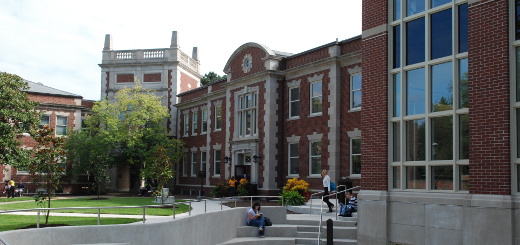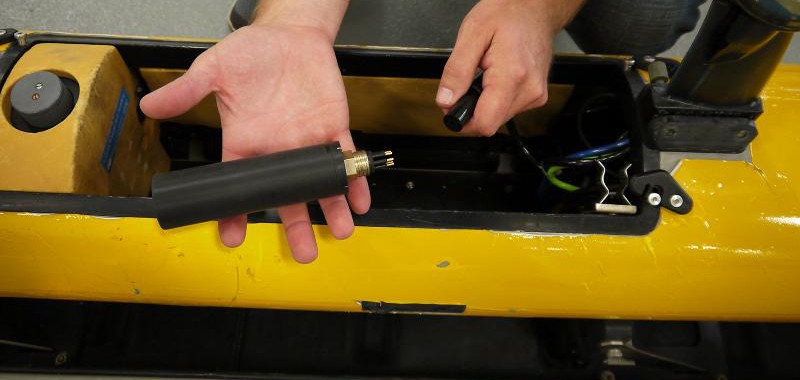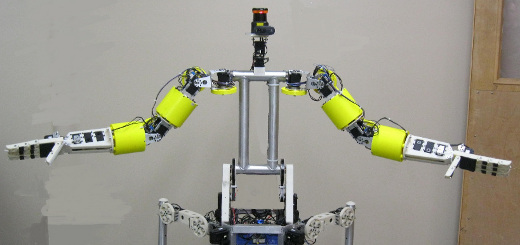Northrop Grumman, NASA fly UAS over Canadian airspace
Right now, the best place to get permission to fly an unmanned aircraft system seems to be the Arctic, a fact that was once again proven recently when Northrop Grumman and NASA flew a Global Hawk UAS in Canadian airspace for the first time to study the Canadian Arctic.
The two groups, along with a team of international science organizations, flew a Global Hawk equipped with an Uninhabited Aerial Vehicle Synthetic Aperture Radar (UAVSAR) as well as a high-resolution camera to conduct ground mapping and visual observation of Arctic ice caps. (An image captured by the UAS is shown above.) Northrop Grumman says information collected during the flight will be used by American and Canadian scientists to study changes in topography and Arctic ice caps.
The 21-hour flight marks the first time the NASA Global Hawk has flown through Canadian civil airspace. The UAS departed from Edwards Air Force Base, Calif., and flew over key areas in the Arctic before returning.
Northrop Grumman notes that the mission comes after a five-year renewal of the Space Act Agreement partnership between Northrop Grumman and NASA that allows sharing of NASA Global Hawks for science missions and flight demonstrations.
[ image courtesy of Northrop Grumman Corporation ]



